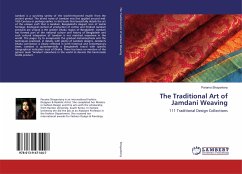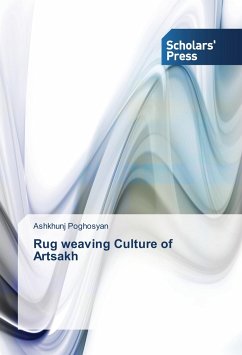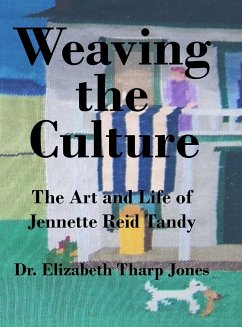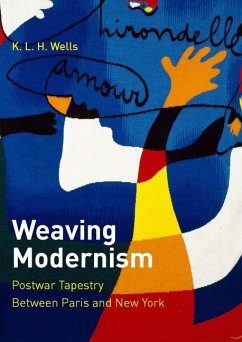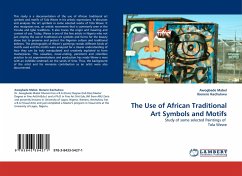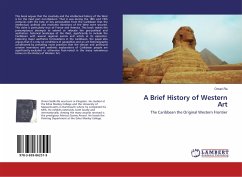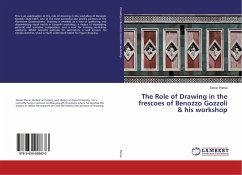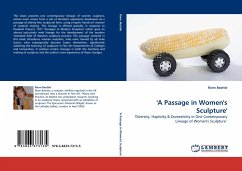
Weaving Metaphors, Weaving Cosmos
Reflections of a Shamanic Worldview in Discontinuous Warp and Weft Textiles of Ancient Peru, 300 BCE-1540 CE
Versandkostenfrei!
Versandfertig in 6-10 Tagen
52,99 €
inkl. MwSt.

PAYBACK Punkte
26 °P sammeln!
Weaving Metaphors, Weaving Cosmos is a history of ancient Peruvian textiles created between 300 BCE and 1540 CE with discontinuous warps and wefts (DWW), as well as an interpretation of their meaning. DWW technology, not developed at any other time in the history of weaving world wide, produces a patterned plain-weave cloth in which the warps and wefts are equal, visible partners, a visual metaphor for the paired principles of balance and reciprocity, "ayni" in Quechua, the language of the Inka and traditional present-day highlanders. In general, DWW textiles appear to have been reserved for r...
Weaving Metaphors, Weaving Cosmos is a history of ancient Peruvian textiles created between 300 BCE and 1540 CE with discontinuous warps and wefts (DWW), as well as an interpretation of their meaning. DWW technology, not developed at any other time in the history of weaving world wide, produces a patterned plain-weave cloth in which the warps and wefts are equal, visible partners, a visual metaphor for the paired principles of balance and reciprocity, "ayni" in Quechua, the language of the Inka and traditional present-day highlanders. In general, DWW textiles appear to have been reserved for ritual use, funerary rites in particular in which case they were part of a mummy bundle, placed in the tomb independent of the body, or hung on the walls of the tomb. In ritual contexts, DWW textiles can be seen as derived from shamanic practices, most notably transformation rites and visionary experiences. It is the contention of this study that ancient Peruvian principles, viewed as essential to the health of the cosmos, and concepts, such as the interconnectedness of all in the universe, can be read in all aspects of DWW textiles and are a shamanic understanding of the order of things.



